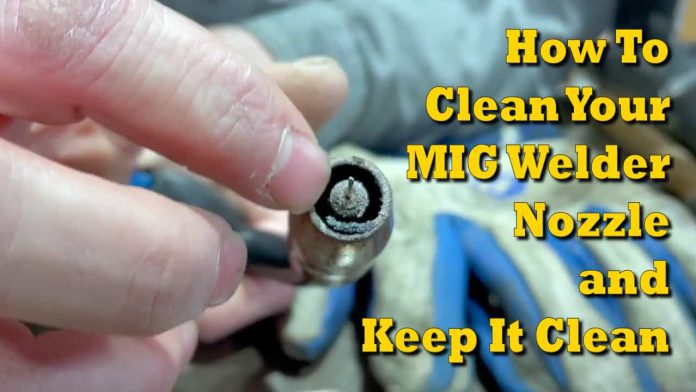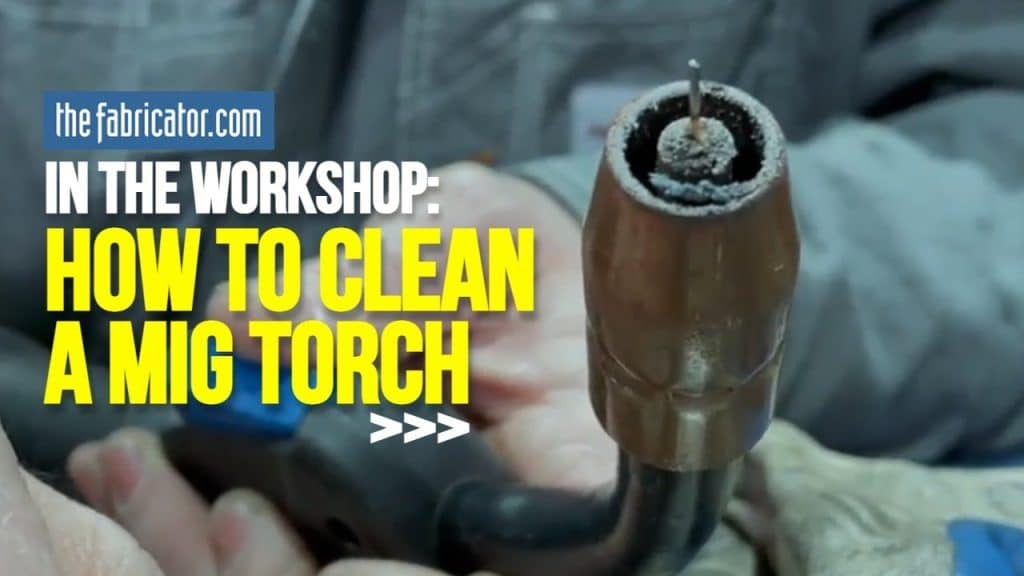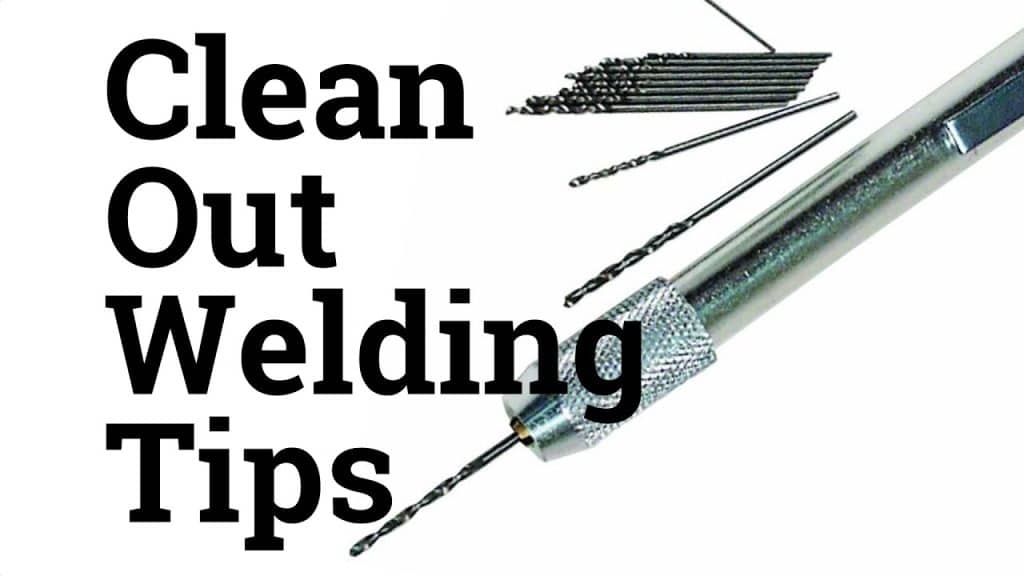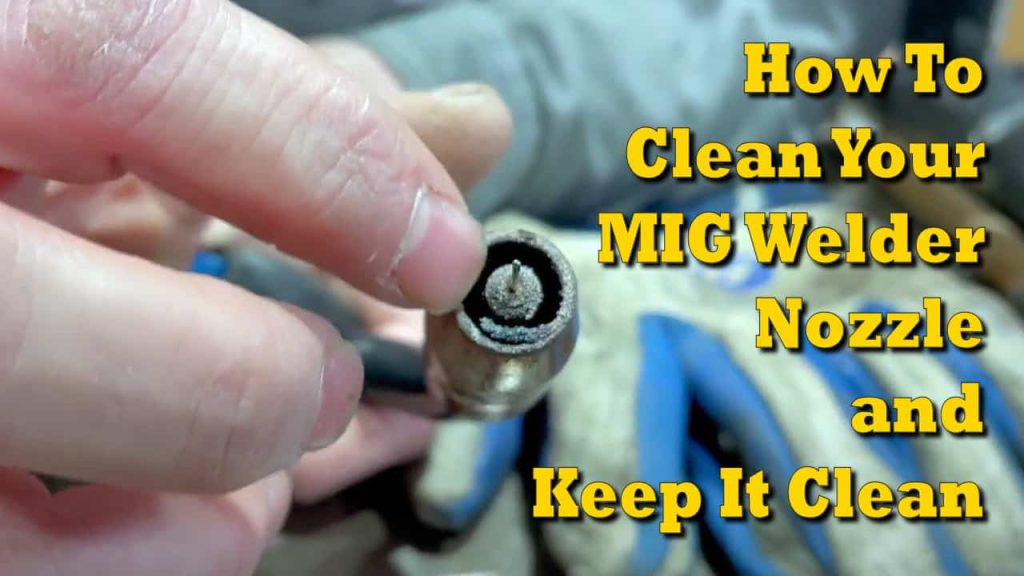Cleaning a welding tip is a crucial step in ensuring optimal performance and longevity of your welding equipment. In this article, we will guide you through the step-by-step process of cleaning a welding tip, discussing the importance of regular maintenance and providing some useful tips and tricks along the way. Discover the various methods and tools you can use to keep your welding tip in pristine condition, allowing you to achieve cleaner and more precise welds every time. Get ready to say goodbye to clogged tips and hello to smoother welding experiences!
This image is property of i.ytimg.com.
Review contents
Inspection of the Welding Tip
Before starting the cleaning process, it is crucial to inspect the welding tip to identify any signs of debris or damage. This inspection ensures that the welding tip is in optimal condition and ready for use.
Checking for Debris
The first step in inspecting the welding tip is to check for any debris that may have accumulated. Debris can interfere with the welding process and affect the quality of the weld. We recommend using a flashlight to get a clear view of the tip. Look for any small particles, such as dirt, metal shavings, or dust, that may be obstructing the tip openings.
Examining the Condition of the Tip
In addition to checking for debris, it is essential to examine the overall condition of the welding tip. Look for signs of wear, corrosion, or damage. Pay close attention to the tip orifice, as this is where the gas and wire pass through during welding. If the orifice is damaged or worn out, it may result in poor gas flow or erratic wire feeding. If any damage or excessive wear is observed, it may be necessary to replace the welding tip.
Removing Debris from the Welding Tip
After completing the inspection, it is time to remove any debris that may be present on the welding tip. This ensures that the tip is clean and free from any obstructions that could hinder the welding process.
Using an Air Compressor
One effective method for removing debris from the welding tip is by using an air compressor. Set the air pressure to a moderate level and direct the air stream towards the tip openings. This will help dislodge any loose particles that may be present. Be cautious not to set the air pressure too high, as it can damage the tip or cause the debris to scatter.
Using a Wire Brush or Pick
For more stubborn debris, a wire brush or pick can be used to physically remove it from the welding tip. Gently brush or scrape the tip openings to dislodge the particles and clean the surface. Be careful not to apply excessive force, as this can damage the tip. After removing the debris, use the air compressor again to blow away any remaining loose particles.
This image is property of ch-delivery.lincolnelectric.com.
Cleaning the Welding Tip with Chemicals
Sometimes, removing debris alone may not be sufficient to restore the welding tip to its optimal condition. In such cases, using chemicals can help to clean the tip more thoroughly.
Choosing the Right Cleaning Solution
When selecting a cleaning solution for the welding tip, it is important to choose one that is specifically designed for this purpose. Avoid using harsh chemicals or cleaning agents that can damage the tip. Consult the manufacturer’s guidelines or a welding professional to ensure you select an appropriate cleaning solution.
Applying the Cleaning Solution
To clean the welding tip using a chemical solution, carefully apply a small amount directly to the tip openings. Allow the solution to sit for a few minutes, ensuring that it thoroughly penetrates and removes any built-up residue or contaminants. Avoid excessive soaking, as this may degrade the tip’s integrity.
Removing Residual Solution
After allowing the cleaning solution to work, rinse the welding tip with water to remove any residual chemicals. Dry the tip thoroughly using compressed air or a clean cloth before proceeding with the welding process. Ensuring that no residual solution remains on the tip prevents contamination during welding.
Preventing Tip Contamination
When it comes to welding, prevention is better than cure. Taking proactive measures to prevent tip contamination can help maintain the longevity and performance of the welding tip.
Proper Storage
Storing the welding tip correctly is essential to prevent contamination. After using the welding tip, ensure that it is clean and dry before storing it. Place the tip in a protective case or holder that keeps it free from dust, moisture, and other potential contaminants. Avoid placing the tip directly on workbenches or other surfaces that may introduce debris.
Regular Maintenance
Regular maintenance is key to preventing tip contamination. During routine maintenance, inspect the welding tip for signs of debris or damage. Clean the tip as necessary using the methods mentioned earlier. Additionally, lubricate any movable parts on the welding torch regularly to ensure smooth operation. Regular maintenance keeps the welding tip in optimal condition and reduces the risk of contamination during welding operations.
This image is property of i.ytimg.com.
Replacing the Welding Tip
Despite proper cleaning and maintenance, welding tips may eventually wear out or become damaged beyond repair. Knowing when and how to replace the welding tip is crucial for maintaining safe and efficient welding operations.
Determining When to Replace
There are a few indicators that signal the need for welding tip replacement. If the tip becomes excessively worn, corroded, or damaged, it may be time for a replacement. Additionally, if the tip consistently delivers poor gas flow or wire feeding, it may indicate a worn-out or faulty tip.
Removing the Old Tip
To remove the old welding tip, ensure that the welding equipment is turned off and the torch is cool to the touch. Use the appropriate tools, such as pliers or a wrench, to carefully unscrew and remove the tip from the torch assembly. Avoid using excessive force to prevent damage to the torch or other components.
Installing a New Tip
When installing a new welding tip, ensure it is the correct size and type for the welding process. Screw the new tip into the torch assembly firmly but avoid over-tightening, as it may damage the threads. Once securely installed, inspect the new tip for any visible damage or abnormalities before resuming welding operations.
Cleaning Tips for Specific Types of Welding
Different welding processes may require specific cleaning techniques to ensure optimal performance. Here are some cleaning tips for specific types of welding:
Cleaning MIG Welding Tips
For MIG welding tips, the cleaning process is similar to the general cleaning methods mentioned earlier. Regularly inspect the tip for debris and remove it using an air compressor or a wire brush. If necessary, clean the tip using a suitable cleaning solution and rinse with water before drying.
Cleaning TIG Welding Tips
TIG welding tips require meticulous cleaning to ensure a clean and precise weld. Before cleaning, ensure that the TIG torch is cool and the power source is turned off. Use an appropriate-sized gas lens cleaning tool or dedicated TIG torch cleaning kit to remove any built-up oxides or contaminants from the TIG cup and collet body. Ensure thorough cleaning to maintain the integrity of the tungsten electrode.
Cleaning Stick Welding Tips
Cleaning stick welding tips primarily involves the removal of slag and flux residue that accumulates during the welding process. After each welding pass, use a slag chipper and a wire brush to remove any excess slag and flux. This will help maintain the performance of the stick welding tip and prevent contamination.
Cleaning Flux-Cored Welding Tips
Flux-cored welding tips require regular cleaning to remove any flux build-up that may occur during the welding process. Use a wire brush or pick to clean the tip openings and remove any flux residue. Inspect the tip frequently and clean it as necessary to ensure smooth wire feeding and optimal performance.
Cleaning Plasma Welding Tips
Cleaning plasma welding tips is crucial for maintaining a clean and focused plasma arc. Regularly inspect the tip for any spatter, dross, or debris that may have accumulated during the welding process. Use a suitable cleaning tool or dedicated plasma tip cleaner to remove any contaminants and ensure consistent arc quality.
By following these cleaning tips for specific types of welding, you can ensure that your welding tips remain clean and in optimal condition for each welding process.
In conclusion, cleaning and maintaining a welding tip is essential for achieving high-quality welds and prolonging the life of the tip. Regular inspection, removal of debris, and proper cleaning techniques are vital to prevent contamination and ensure optimal performance. Additionally, proper storage, regular maintenance, and timely replacement of worn-out tips contribute to a safe and efficient welding operation. By implementing these cleaning practices, you can prolong the life of your welding tips and achieve consistent, quality welds.
This image is property of m.roadkillcustoms.com.






























